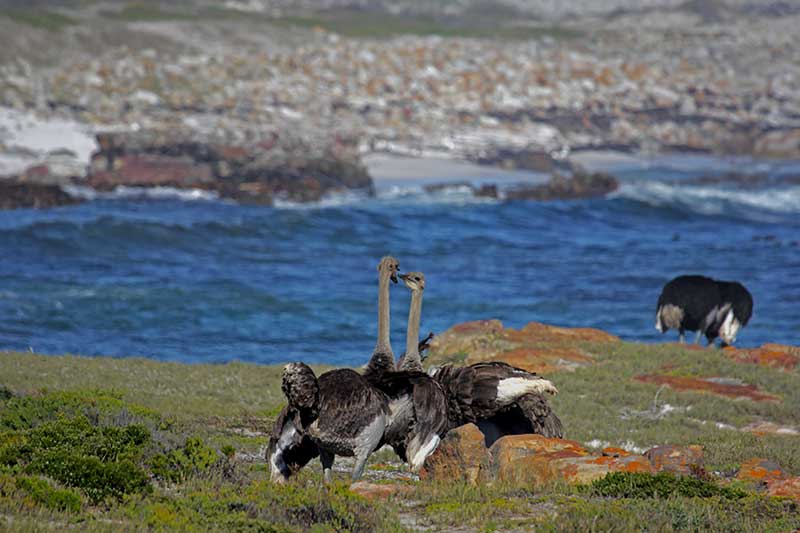Cape of Good Hope
Named the ‘Cape of Storms’ by Bartolomeu Dias in 1488, the ‘Point’ was treated with respect by sailors for centuries. By day, it was a navigational landmark and by night, and in fog, it was a menace beset by violent storms and dangerous rocks that over the centuries littered shipwrecks around the coastline.
In 1859 the first lighthouse was completed; it still stands at 238 meters above sea-level on the highest section of the peak and is now used as the centralized monitoring point for all the lighthouses on the coast of South Africa. Access to this historical building is by an exhilarating three-minute ride in the wheelchair-accessible Flying Dutchman funicular that transfers visitors from the lower station at 127 meters above sea-level, to the upper station.
Cape Point is in the Cape of Good Hope nature reserve within Table Mountain National Park, which forms part of the Cape Floral Region, a World Heritage Site. It includes the majestic Table Mountain chain, which stretches from Signal Hill to Cape Point, and the coastlines of the Cape Peninsula. This narrow stretch of land, dotted with beautiful valleys, bays and beaches, contains a mix of extraordinarily diverse and unique fauna and flora.
























